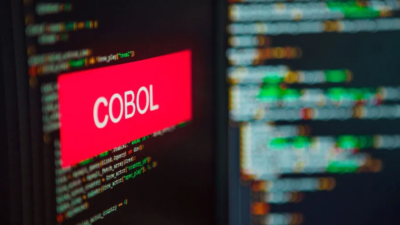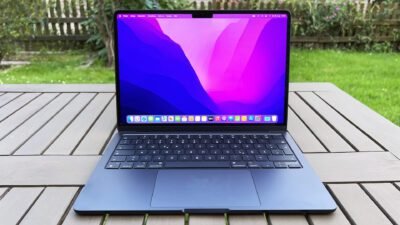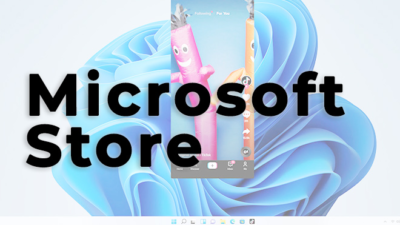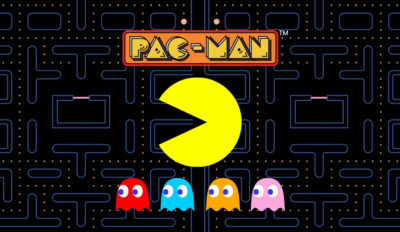First Robotic Taxi Fleet Approved In California
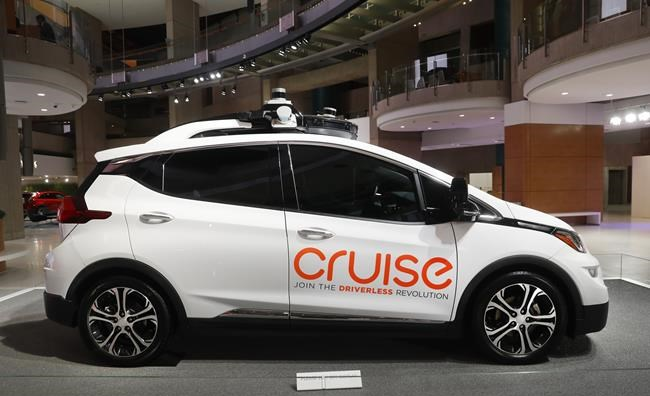
California regulators on Thursday provided a robotic taxi service with the green light to start charging passengers for driving without a driver in San Francisco, the first in a state where many companies are trying to train cars to train constantly.
The California Public Service Commission has jointly approved Cruise, a company controlled by General Motors, to launch a driverless service on board. Regulators have issued permits despite safety concerns stemming from Cruise’s inability to pick up and drop off passengers in the corners of their autonomous taxis, forcing cars to double their lane parking.
The ride-hailing service will initially consist of only 30 electric cars limited to passenger transport in less congested parts of San Francisco from 22:00. at 06:00 These restrictions are designed to reduce the likelihood that robotic taxis will cause property damage, injury, or death if something happens. It also allows regulators to test how the technology works before extending the service. Cruise and another pioneer of robotic vehicles, Waymo, are already charging passengers for boarding parts of San Francisco in autonomous vehicles with a backup human driver who has control over a technological error.
But now Cruise has unleashed charging passengers in cars without people other than passengers – an ambition that many different technology companies and traditional car manufacturers have pursued over the decades. Driverless cars are seen as a way to reduce the cost of taxis, while accidents and deaths are caused by invisible human drivers.
In a blog post, Gil West, Cruise’s CEO, praised Thursday’s vote as “a huge leap for our mission here on Cruise to save lives, help save the planet and save people time and money.” He said the company would start moving. their riders are slowly coming out.
Waymo, which began as a covert project within the Google Internet superpower in 2009, has been running a driverless service in the Phoenix area since October 2020, but navigation density and difficulties have become more congested. cities like San Francisco provide even more intimidation. challenges that robotic taxis have to overcome. That’s why the newly approved driverless service from San Francisco is strictly controlled. In addition to being limited to places and times where there is bad traffic and small pedestrians on the street, the Cruise Driverless Service will not be able to operate in heavy rain or fog.
While Cruise’s driverless taxi application in San Francisco has gained widespread support from supporters who hope the technology could be viable in other cities, some transportation experts are urging the Public Service Commission to act cautiously.
“Many of the alleged benefits (autonomous cars) have not been proven and some allegations have little or no basis,” Ryan Russo, director of the Department of Transportation in Oakland, California, told the commission last month.
It took longer to reach this point than many companies thought when they started working on autonomous technology. According to court documents filed in a high-profile lawsuit filed by the company, Uber, the largest passenger call service, expects 75,000 self-driving cars on the roads by 2019 and a fleet of unmanned taxis in at least 13 cities by 2022. . theft of Waymo trade secrets. Uber closed its Autonomous Driving Sales Division in Aurora in 2020 and still relies largely on human drivers, who find it more difficult to recover from a pandemic.
And Tesla CEO Elon Musk has promised that his electric car company will operate a fleet of robotic taxis by the end of 2020. This will not happen, although Musk still promises that it will eventually happen.
Research Snipers is currently covering all technology news including Google, Apple, Android, Xiaomi, Huawei, Samsung News, and More. Research Snipers has decade of experience in breaking technology news, covering latest trends in tech news, and recent developments.


